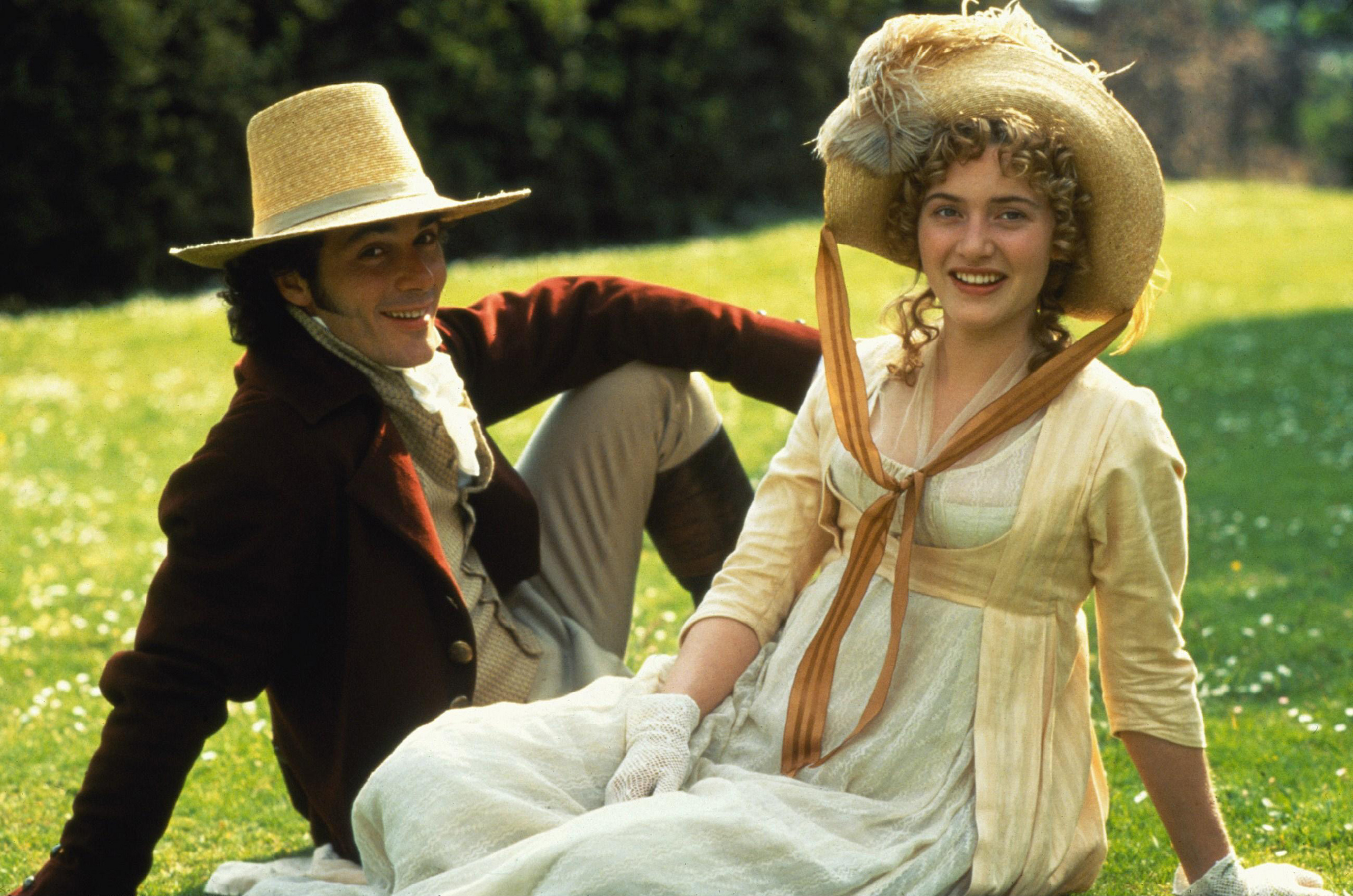
10 Interesting Facts and Figures About Passport to Pimlico (1949)
“Passport to Pimlico,” directed by Henry Cornelius, is a classic British comedy film that was released in 1949. Set in the post-war era, the film combines humor, wit, and social commentary, making it a beloved piece of British cinema. As we explore this film, we uncover some fascinating facts and figures that highlight its significance and charm.
1. The Concept of a “No Man’s Land”
The film is centered around the residents of Pimlico, who discover that their neighborhood has been declared an independent sovereign state after a historical loophole. This quirky premise raises questions about identity, nationality, and community, which resonated with audiences during a time of social change.
2. A Reflection of Post-war Britain
“Passport to Pimlico” reflects the challenges of post-war Britain, particularly the struggle for identity and belonging. The film humorously critiques bureaucracy and class distinctions, making it a timeless commentary on societal issues.
3. The Film’s Title and Location
The title refers to Pimlico, a district in London. The filmmakers used real locations around Pimlico, which adds authenticity to the film and showcases the vibrant character of the area.
4. Notable Cast Members
The film features a stellar cast, including Stanley Holloway, Betty Warren, and Paul Dupuis. Holloway’s charismatic performance as the lead character, Mr. G. M. B. (George) is particularly memorable, earning him acclaim and recognition.
5. Critical Acclaim
Upon its release, “Passport to Pimlico” received positive reviews from critics and audiences alike. Its clever script and engaging performances contributed to its status as a classic, and it has since been included in various lists of great British films.
6. Cultural Impact
The film has had a lasting cultural impact, often referenced in discussions about British identity. Its themes of community and self-governance continue to resonate in contemporary discussions about local governance and cultural pride.
7. Box Office Success
“Passport to Pimlico” was a commercial success at the box office, appealing to a wide audience. Its humor and engaging storyline attracted both families and film enthusiasts, contributing to its enduring popularity.
8. Awards and Nominations
The film was nominated for several awards upon its release, including a BAFTA award for Best British Film. This recognition solidified its status as a notable entry in the annals of British cinema.
9. Director Henry Cornelius
Henry Cornelius, the film’s director, was known for his ability to blend comedy with social commentary. His direction in “Passport to Pimlico” is often praised for its sharp wit and thoughtful engagement with the subject matter.
10. Legacy and Restoration
In recent years, “Passport to Pimlico” has been restored and re-released, allowing new generations to experience its charm. The film remains a significant part of British film heritage, celebrated for its humor and insights into post-war life.
Conclusion
“Passport to Pimlico” is more than just a classic British film; it is a reflection of its time and a commentary on the issues of identity and community. From its clever premise to its memorable characters, the film continues to entertain and inspire audiences. Its exploration of what it means to belong resonates deeply, making it a timeless piece that remains relevant in today’s society. Whether you’re a fan of classic cinema or new to British film, “Passport to Pimlico” is a must-see that captures the essence of post-war Britain with humor and heart.









